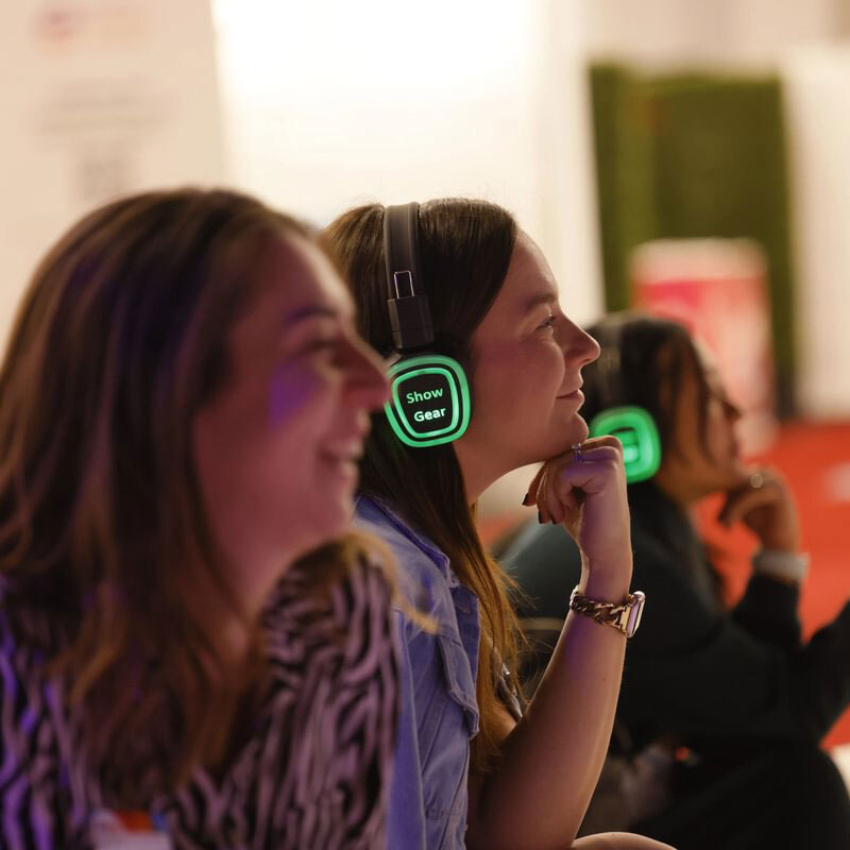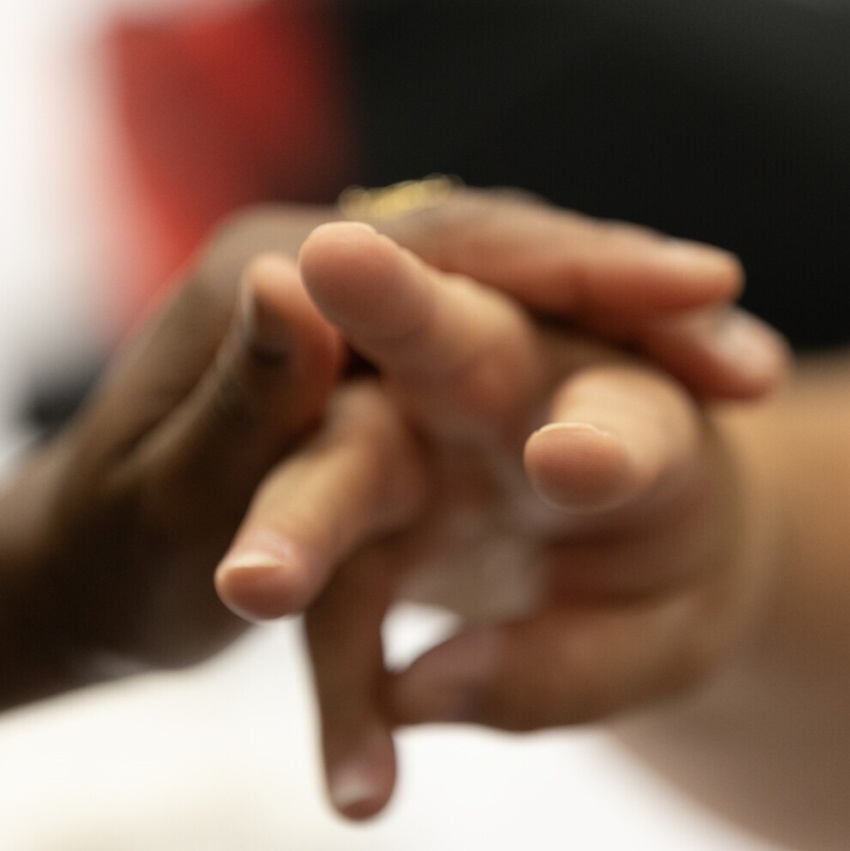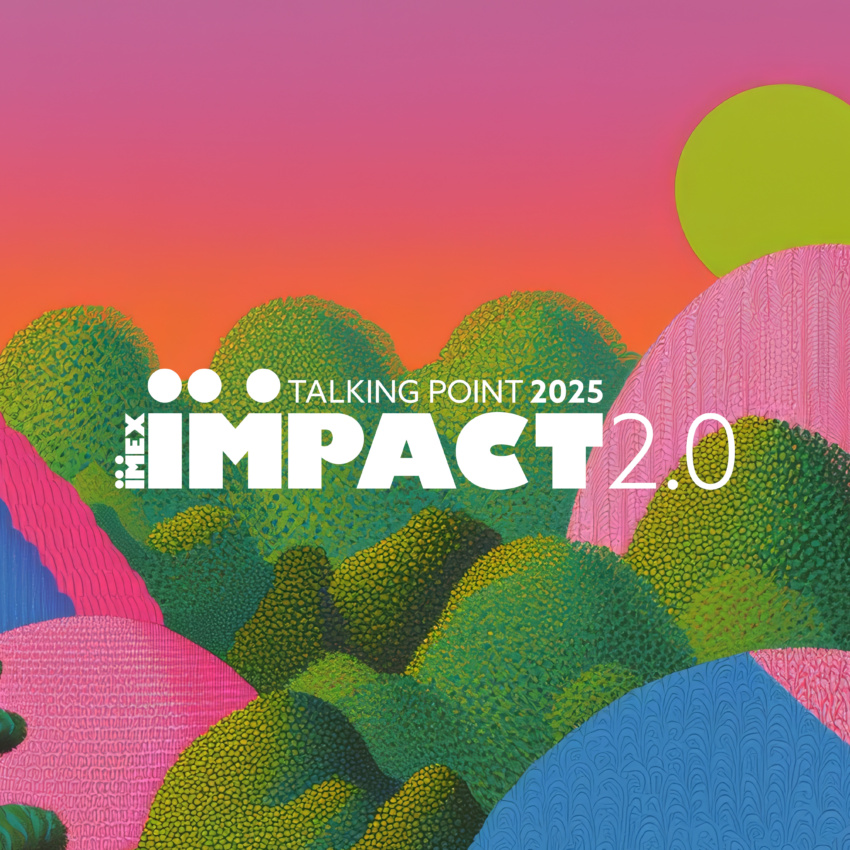Creating a sense of belonging at your events is crucial for fostering community and ensuring your attendees feel valued and connected. As event planners, we should be implementing strategies that promote inclusivity and engagement.
Belonging incapsulates many feelings. Including, but not limited to, feeling welcomed, valued and included. Attendees with a sense of belonging feel connected to the event and to each other. To achieve that sense of belonging, keep your attendees’ wants and needs central to your event design.
Naomi Clare Crellin, Founder and CEO of Storycraft Lab explains: "Empathy is the first stage of this approach. It’s a process where we begin by letting go of our own desires and preferences. And instead get curious about what other humans need as the driver for our event designs."
People might feel a sense of belonging through factors such as accessibility considerations, inclusivity, personalized communications, meaningful engagements, and the presence of diverse voices and perspectives.
Here are five effective ways you can foster a sense of belonging at your events:

1. Personalize the welcome experiences
First impressions matter. And a personalized welcome can set the tone for the entire event. Greet attendees with personalized badges, welcome messages, and tailored itineraries. Your attendees will feel recognized and valued from the moment they arrive.
Tips for personalization:
Use attendees' names in welcome messages and communications. This simple gesture can make a significant impact. It shows that you’ve taken the time to acknowledge your attendees personally.
Provide customized itineraries based on your attendees' interests and preferences. By offering tailored schedules, you can help each attendee get the most out of the event. This can help your attendees to show up in a way that suits their needs. And be in the room with people they want to meet. Or with like-minded people.
2. Implement interactive and inclusive activities
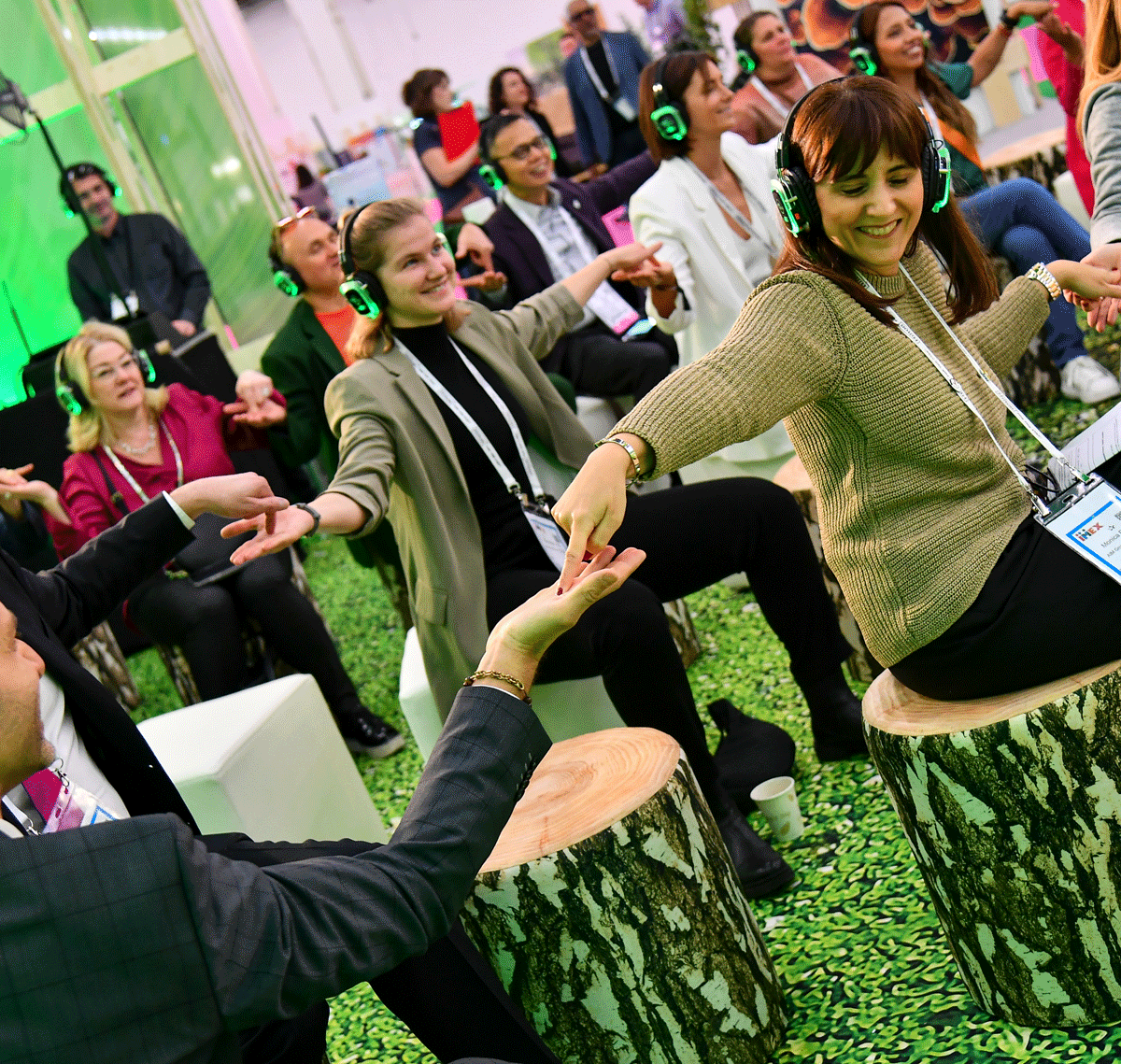
Plan activities into your event that cater to diverse interests and promote collaboration.
Examples of interactive activities:
Fun icebreakers can help your attendees get to know each other, get them talking and create initial connections.
Icebreakers can include games and group discussions that encourage your attendees to connect and share their experiences. This could be a "turn to your neighbor and share what you’re most excited about this week” exercise. Or a game like Group Map. Group Map asks participants to physically place themselves on an imaginary map, matching where they grew up. They then share with the group the value(s) they’ve taken with them from where they grew up.
Workshops and breakout sessions. Large plenaries and keynotes have their place at events. However, smaller breakout rooms and workshop sessions can facilitate niche topic discussions. Smaller sessions can also make some people more willing to share and engage. This can help to create psychological safety—an important factor in creating a sense of belonging.
Campfires, Q&As or group discussions can create a sense of belonging, by taking into consideration different learning and communication styles. Event planners should offer a variety of workshops and breakout sessions that cater to different interests and skill levels too. Smaller, focused sessions can facilitate meaningful discussions and group understanding.
Team-building exercises. For corporate events and incentive travel, team-building activities can help attendees build trust and break down walls, helping bring people together. Working toward a common goal can facilitate a sense of camaraderie. This, in turn, can foster a stronger sense of community among your attendees.
3. Community building through networking opportunities
Networking is a powerful tool for building a sense of community. Your event should create opportunities for attendees to connect and build relationships.
Networking strategies:
It’s important to create spaces at your event that both offer the chance for your attendees to take a break and facilitate casual conversations. Networking lounges can provide not just a moment to pause away from the event, but also an opportunity to meet other attendees in a more relaxed setting. Lounges can provide a comfortable environment for attendees to engage in informal conversations and make new connections.
Social media can be a great place for your attendees to meet before the event. Especially as it can be daunting for people to attend events alone. Creating spaces online for your attendees to meet beforehand can ensure that those who want to connect and chat before the event can do so. This is networking but it’s also a great way for your attendees to talk to people who would feel more comfortable knowing who else is going before they get to the event.
You can do this by creating LinkedIn Event Pages, Facebook Event Pages or WhatsApp groups. The main goal is to facilitate your attendees' connections pre-event. Either to simply get an idea of who’s attending or to get a head start on networking.
4. Inclusive event design
Belonging means everyone is safe and involved. Creating an inclusively designed event ensures that all your attendees feel welcome and comfortable. It’s important that your event planning considers the diverse needs of your audience.
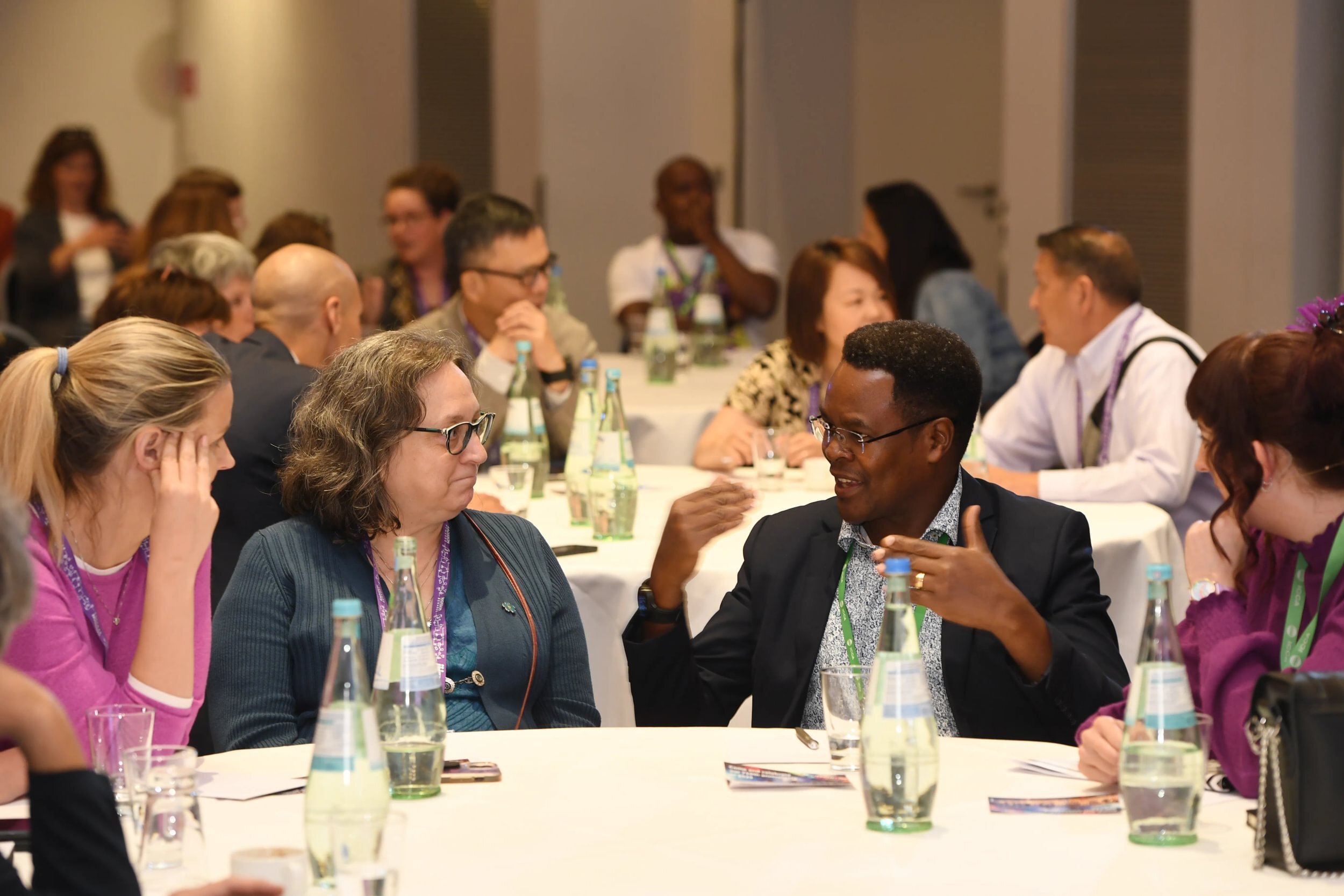
Inclusive design considerations:
Accessibility: Choosing a venue based on their accessibility policies and practices is an important part of creating a sense of belonging and an inclusive event. Accessible venues offer, at a minimum, ramps, elevators and accessible restrooms.
Not all disabilities are visible. Consider offering sign language interpreters or captioning for presentations to accommodate those attendees with hearing impairments.
Keep in mind that there are many different disabilities that can affect people in different ways.
Build breaks in the schedule, provide ample seating, and ensure the lighting and noise are kept at comfortable levels. These factors are crucial for making everyone feel considered and included.
Considerations like these extend beyond those with specific disabilities. Drop curb theory—the idea that disability considerations benefit everyone—is a great way to think of how to design for everyone’s comfort. Breaks in agendas and ensuring there’s enough seating help everyone. Whether they just didn’t sleep well or had a long travel day. Or if they have a disability that affects their ability to stand or concentrate for long periods of time.
Ask your attendees what access needs they have. You can embed this question into your registration process or invite your attendees to get in touch before the event.
Dietary needs: Sometimes there’s nothing worse than turning up at a buffet lunch and realizing there’s nothing for you to eat. Your catering choices do feed into a sense of belonging at events. By offering a variety of food options to accommodate different dietary restrictions and preferences, you’re letting your attendees know that you thought of them. Clearly label food and offer varied choices for attendees with allergies or dietary restrictions.
Cultural sensitivity: Your attendees can and will come from all walks of life. Including different religious backgrounds. Be mindful of cultural differences and plan activities that are inclusive and respectful of all attendees.
This can include offering diverse programming and being aware of cultural holidays and observances. And creating a welcoming environment for attendees from different backgrounds. Such as a prayer room to practice their religion or offering food to suit different cultures.
5. Feedback and continuous improvement
It’s human nature to want to be heard. Listening and taking on feedback about people’s experiences at your events is essential. Qualitative and meaningful feedback is key to understanding the needs of your attendees and tailoring your events to them. You can instigate a culture of feedback at your events by creating channels for attendees to share their thoughts and suggestions.
Feedback collection methods:
Surveys: You can distribute surveys during and after the event to gather feedback on various aspects of the event. For example, by including the survey in a post-event email. These surveys can include questions about the overall experience, specific sessions, and suggestions for improvement. This can help you gather valuable insights and demonstrate your commitment to continuous improvement.
Feedback stations: Set up in-person feedback stations where attendees can leave comments and suggestions. Place them in high-traffic areas to encourage participation.
Creating a sense of belonging at events requires thoughtful planning and a commitment to inclusivity.

By personalizing welcome experiences, offering interactive activities and facilitating networking opportunities, you can help ensure that your attendees feel valued. Designing inclusive events and gathering feedback both help to create a connected environment where your attendees feel free to share. These strategies can make your attendees feel appreciated and engaged. And in turn create a sense of belonging through inclusivity, comfort and feeling like they’ve been truly considered.
Remember, the goal is to create an environment where attendees feel welcomed, valued and engaged. By focusing on inclusivity and community-building, you can create memorable and impactful events that leave a lasting impression on your attendees.

